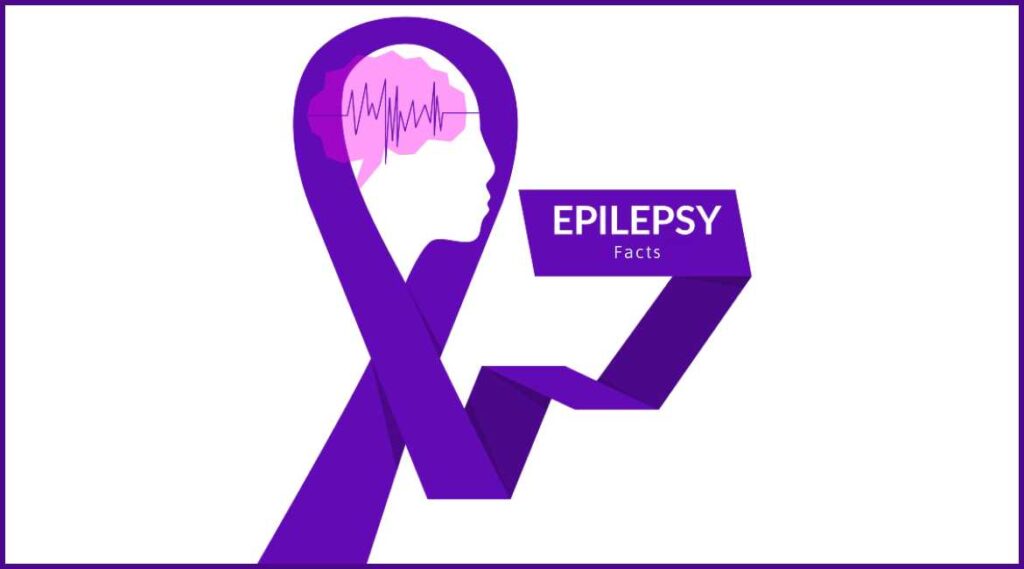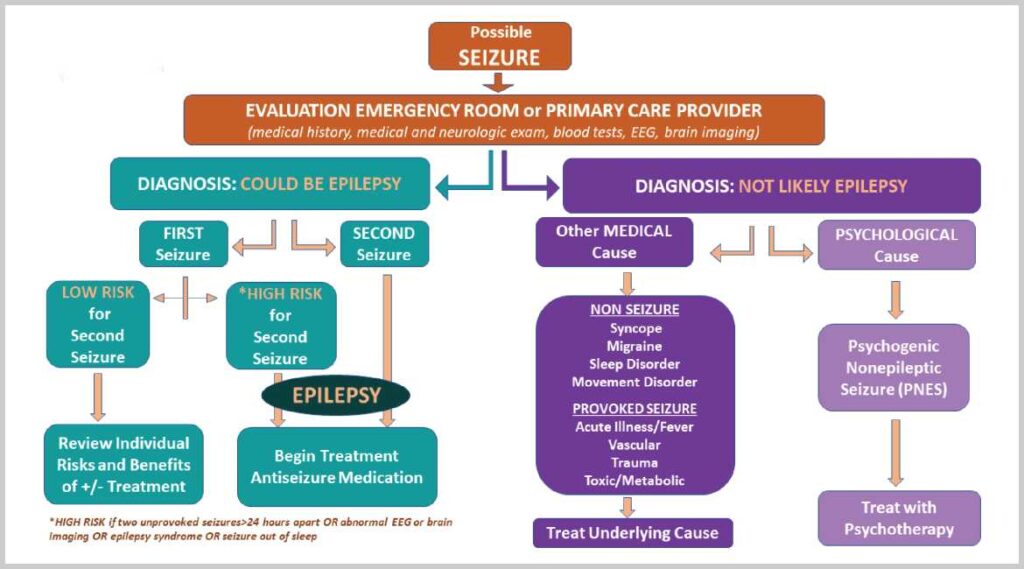Epilepsy Misconceptions, एपिलेप्सी गैरसमज – यशोदा वाकणकर
गैरसमज! — “लग्न करून टाका हिचं, म्हणजे थांबेल फीट येणं! बरी होईल लग्न केल्याने!” – हे एपिलेप्सी विषयीचे पूणपणे गैरसमज आहेत!!! माझ्या लहानपणी हे वाक्य मी अनेकदा ऐकलं. आणि आईबाबांना त्यांना शांतपणे उत्तर देताना ऐकलं, किंवा दुर्लक्ष करताना पाहिलं. एकदा तर एक जनरल डॉक्टर पण म्हणाले होते हेच! असं कुणी म्हणालं की डोक्यात जायचं. मला तर मी एपिलेप्सीची योग्य ती ट्रीटमेंट घेत होते, नोंद ठेवत होते, डॉक्टर माझं कौतुक करायचे, याचा अभिमान होता. आणि त्याबद्दल मी गावभर सांगायचे. त्यामुळे अस्मादिकांना लहानपानापासूनच अवेअरनेस प्रोग्रॅम्स करायची सवय चिकटली ती चिकटलीच. – तर लोकहो, एपिलेप्सीची व्याधी, म्हणजेच फिट्स, ह्या काही लग्न केल्याने थांबत नाहीत. हे वाईट तऱ्हेने रुजलेले पूर्णपणे गैरसमज आहेत. अर्थातच, चाळीस वर्षांपूर्वी जितके गैरसमज होते, त्यापेक्षा आता काही टक्के कमी झाले असतील, असं मानायला हरकत नाही! तरीसुद्धा अजूनही खेड्यातून एखादे पालक त्यांच्या एपिलेप्सी असलेल्या मुलीला किंवा मुलाला आमच्या “एपिलेप्सी विवाह मंडळात” घेऊन येतात, आणि हा प्रश्न विचारातच. आता त्यांचा राग येत नाही. करुणा वाटते. हतबल झालेले पालक असतात ते. मुलीचं वेळच्यावेळी लग्न लाऊन देणं हा भारतातल्या लाखो-करोडो पालकांचा अजेंडा असतो. त्यातही एखादी व्याधी असल्यावर तर झालंच! त्यांचं शतपटीने टेन्शन वाढतं. असे पालक आले, की आम्ही आधी ती मुलगी ट्रीटमेंट घेत आहे की नाही, सध्या फिट्सचं प्रमाण किती आहे, तिचं रुटीन काय चालू आहे, ह्या सगळ्या गोष्टी बघतो. अनेकदा ते कुटुंब खूप पूर्वी एखाद्या जनरल डॉक्टर कडे जाऊन आले असतात, आणि त्यांनी पूवी सांगितलेल्या गोळ्या वर्षानुवर्षे घेत असतात. मग आम्ही त्यांना लगेच एखाद्या मेंदूच्या डॉक्टरकडे जायला सांगतो. त्यांनी काही टेस्ट करून घ्यायला सांगितल्या तर त्या पण करा हे सांगतो. एवढंच नाही, तर डॉक्टरकडे दर तीन महिन्यांनी फॉलोअप घेणं किती महत्त्वाचं हे पण सांगतो. मुलीला आणि पालकांना काउन्सेलिंग करतो. त्यांना आम्ही सांगतो की लग्नाचं नंतर बघू. आधी फिट्स तर थांबायला हव्या! – अनेक पालक गृहीत धरून असतात की आता आयुष्यभर फिट्स चालूच राहाणार. पण तसं नसतं. फिट्स पूर्ण आटोक्यात आलेले, आणि अतिशय नॉर्मल जीवन जगणारे कितीतरी लोक असतात. तर लग्न करून दिल्याने काही फिट्स थांबत नाहीत. उलट जर फिट्स विषयी लपवून लग्न केलं असेल, तर त्या टेन्शनने अधिक फिट्स येण्याची शक्यता, आणि लग्न मोडण्याची शक्यता नाकारता येत नाही! एपिलेप्सी विषयीचे खोलवर रुतलेले गैरसमज समूळ नष्ट करायची गरज आहे! तुमच्या माहितीत जर कुणाला एपिलेप्सी असेल, तर त्यांना आमच्या निवाराच्या काउन्सेलिंग सेंटरवर बुधवारी भेटायला सांगा. तुमच्या माहितीतलं जर कुणी एपिलेप्सीतून बरं झालं असेल आणि लग्नाच्या वयाचं असेल, तर त्यांना आमच्या “एपिलेप्सी विवाह मंडळात” नाव नोंदणी करायला सांगा. आता एपिलेप्सी वधुवर मेळावा सुद्धा जवळ आलाय! २ मार्च २०२५ या दिवशी सकाळी निवारा हॉल मध्ये आहे. काम बहोत बढाना है l दिल्ली बहोत दूर है l पिक्चर अभी बाकी है!

